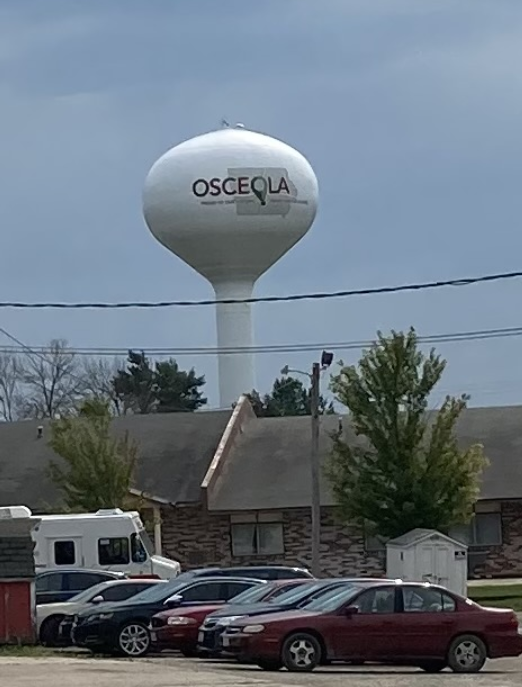Just last week, the National Aeronautics and Space Administration, or NASA, announced a large mission to Europa, one of Jupiter’s 53 moons. Europa is an ice-covered moon, and scientists believe a giant ocean underneath may contain life. The thick ice helps to shield the ocean from radiation coming from Jupiter and, therefore, could protect any possible life underneath. One key feature of this ocean is that it has tidal forces to keep the ocean moving and warm. The moon is smaller than Earth, yet this ocean is believed to be nearly twice the volume of those on Earth.
Ian Spangenberg, PV physics teacher, said, “It is key for society to understand the importance of this mission, to understand the importance of the discoveries that could come out of a project like this. Not only is the science behind it important, but it could create possible means for mining resources from a moon like this. These are the early stages for future space travel. My opinion is that missions like this are mostly important because they inspire people to find these things out, to get excited. Whoever loves to investigate the mystery loves the mystery the most.”
NASA has begun developing probes set to launch around the year 2020. They plan for these probes to make about 45 orbits of the moon, mapping the surface, measuring ice thickness, and locating areas of interest. Congress also gave the organization a directive to land on the moon with a single objective: to find signs of biological life.
NASA ideally wants the lander to reach the surface by 2031. Curt Niebur, a program scientist for NASA, said, “The greatest technical hurdle is designing a spacecraft that can safely land on a surface that is largely unknown, but if we can meet the challenge of landing at Europa, then we can land anywhere.”
This project has been in the concept stages for 15 years and is now officially on its way. Costs for the first spacecraft are estimated to be around $30 million. The total available funds for the project will be around $255 million. Michael Meyer, senior, said, “It’s going to be expensive, but hopefully it is worth it and they find something awesome.”





















